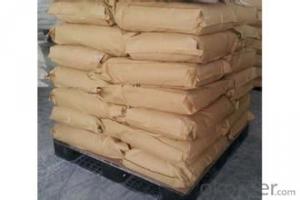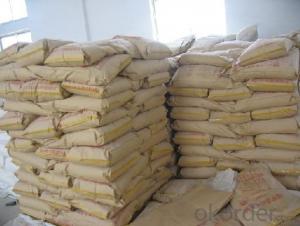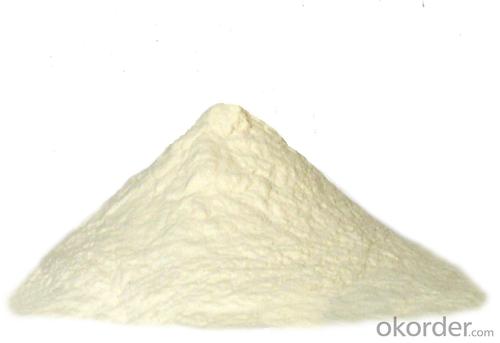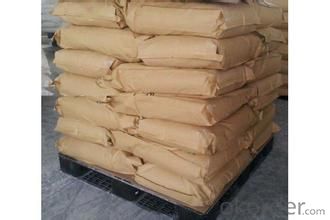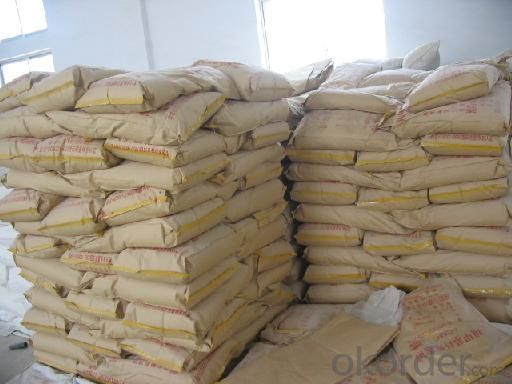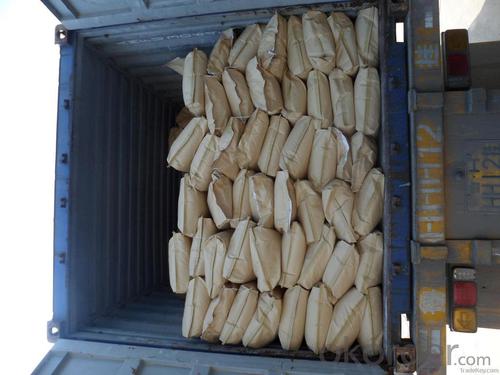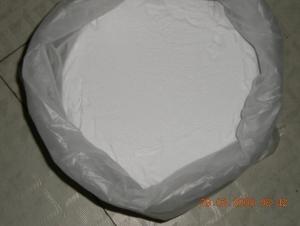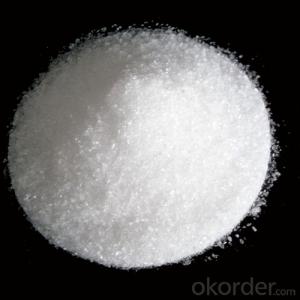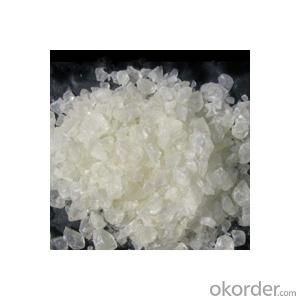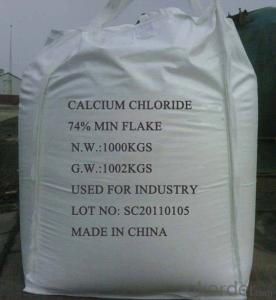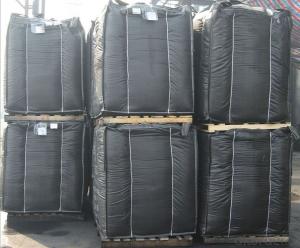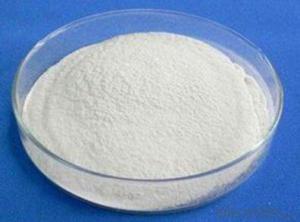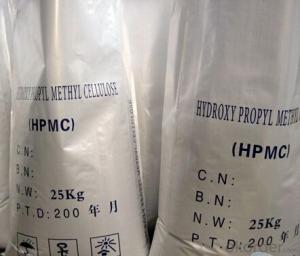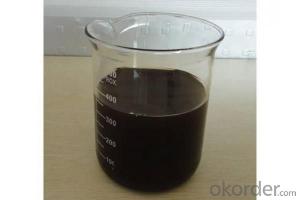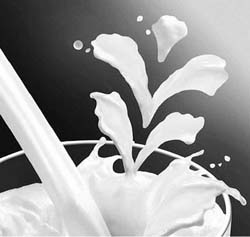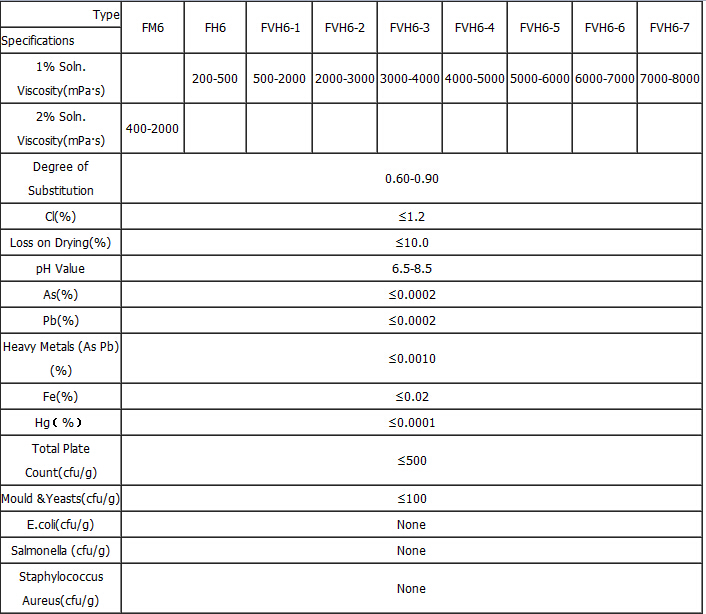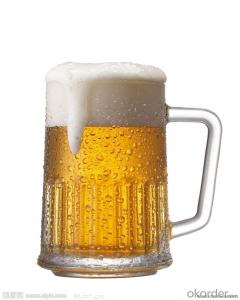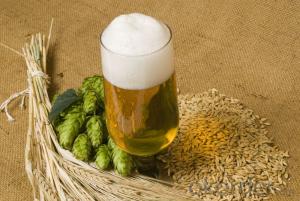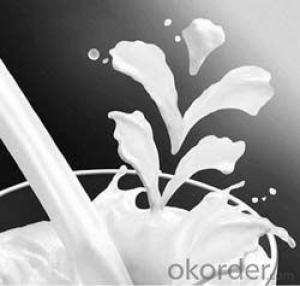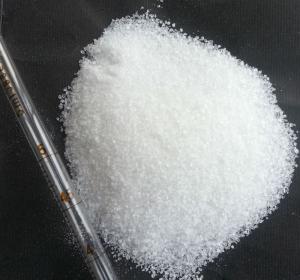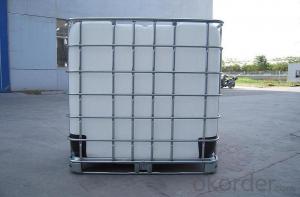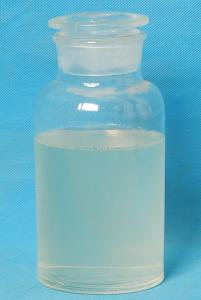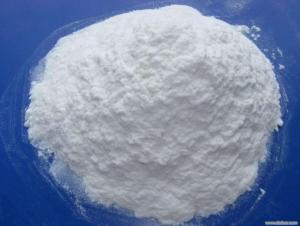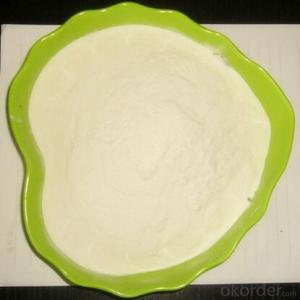Food Grade CMC Carboxymethyl Cellulose FH9
- Loading Port:
- Shanghai
- Payment Terms:
- TT OR LC
- Min Order Qty:
- 20 m.t.
- Supply Capability:
- 8000 m.t./month
OKorder Service Pledge
Quality Product, Order Online Tracking, Timely Delivery
OKorder Financial Service
Credit Rating, Credit Services, Credit Purchasing
You Might Also Like
| Food Grade CMC Our food grade CMC has good thickening property, water retention, dispersion stability, filming and chemical stability. It has high viscosity even in low concentration, and makes the food taste delicate and smooth; it can reduce the syneresis of food and extend the shelf life; it can control the crystal size in frozen food and prevent the stratification between oil and water; In acid system, our anti-acid products have good suspending stability, so it can improve the stability of milk and the impedance ability of protein; our CMC can be used together with other stabilizers and emulsifiers to complement each other, strengthen each other’s effect and reduce the cost. |
|
Technical Specifications of Food Grade CMC(1)
|
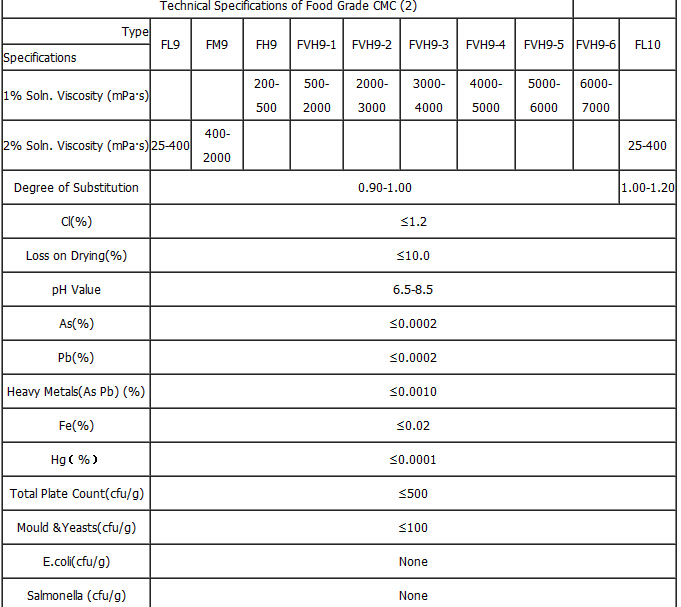 |
- Q: chemistry
- This Site Might Help You. RE: How do I get my keyboard on my Mac to light up? Every time I hit the F5 or F6 to light it up, A grey box pops up with a cancel sign in the bottom and won't let me light up my screen. What buttons do I hit to unlock it?
- Q: i nid it 4 mai report
- Antimicrobial agents, which prevent spoilage of food by mold or micro-organisms. These include not only vinegar and salt, but also compounds such as calcium propionate and sorbic acid, which are used in products such as baked goods, salad dressings, cheeses, margarines, and pickled foods. Antioxidants, which prevent rancidity in foods containing fats and damage to foods caused by oxygen. Examples of antioxidants include vitamin C, vitamin E, BHA, BHT (butylated hydroxytolene), and propyl gallate. Artificial colors, which are intended to make food more appealing and to provide certain foods with a color that humans associate with a particular flavor (e.g., red for cherry, green for lime). Artificial flavors and flavor enhancers, the largest class of additives, function to make food taste better, or to give them a specific taste. Examples are salt, sugar, and vanilla, which are used to complement the flavor of certain foods. Synthetic flavoring agents, such as benzaldehyde for cherry or almond flavor, may be used to simulate natural flavors. Flavor enhancers, such as monosodium glutamate (MSG) intensify the flavor of other compounds in a food. Bleaching agents, such as peroxides, are used to whiten foods such as wheat flour and cheese. Chelating agents, which are used to prevent discoloration, flavor changes, and rancidity that might occur during the processing of foods. Examples are citric acid, malic acid, and tartaric acid. Nutrient additives, including vitamins and minerals, are added to foods during enrichment or fortification. For example, milk is fortified with vitamin D, and rice is enriched with thiamin, riboflavin, and niacin. Thickening and stabilizing agents, which function to alter the texture of a food. Examples include the emulsifier lecithin, which, keeps oil and vinegar blended in salad dressings, and carrageen, which is used as a thickener in ice creams and low-calorie jellies.
- Q: What is the additive inverse of a number ?
- The additive inverse is the number that adds to a number to equal 0
- Q: What is Additive mixing and Multiplative mixing in AM reception?
- The two fundamental mixing modes are additive and multiplicative. Additive mixing is accomplished by adding the RF and Local Oscillator (LO) signals before applying them to a non-linear element. The large amplitude of the LO signal forces operation of the mixer device as a non-linear mixing element. Multiplicative mixing is accomplished when the RF and LO signals are applied to different terminals of the mixing element, with respect to a common terminal, such as in a double gate IGFET or a double balanced mixer (DBM). Additive mixing tends to yield a lower conversion gain, while multiplicative mixing with multi-electrode tubes tends to produce more noise unlike using a passive semiconductor DBM or DBM made with FETs which produce less noise.
- Q: Does it effect long term performance? I need to know before I put it in.
- Water Wetter is sold only by Snake Oil salesmen through the Snake Oil distribution system. Water Wetter is on the same level as a vacume cleaner picking up a bowling ball. Impressive to the uninformed, but as a bowling ball moving devise, totally unnecessary. The idea behind Water Wetter it that it dispelles the surface tension of water. Well, guess what. So does antifreeze. Not that it intended to , but antifreeze is an oil based product and of the many compounds that go into it, one is designed to assist in the mixing of the product. Water Wetter ADDS nothing to the equation as far as the coolant function is concerned. Keep it full, keep it tested for chemical strenght, and keep foreign products OUT of the radiator. IF it is determined that you need an additive to make the cooling system come up to snuff, you are most likely in need of a serious system inspection and service. Have it done RIGHT. A properly designed and maintained cooling system coupled with proper operational limits needs NO additives. This statement does NOT apply to diesel cooling systems.
- Q: what does constant, inverse operations, and additive inverse mean in 8th grade math terms. :)?
- What Does Additive Inverse Mean
- Q: I use gasohol in my car. Is it necessary to use gasoline additive, to keep the gas from freezing?
- gasohal won't freeze :) nothing to worry about unless the temperature gets more than 30 below
- Q: Explain a thought process you might use when trying to find the additive or multiplicative inverse of a number or expression
- Definition of additive inverse.- If two numbers are added together and the sum is zero, they are the additive inverse of each other. . IF A + B 0 , they are the additive inverse of each other. Multiplicative Inverse.- If two numbers are multiplied together and the product is one. They are the multiplicative inverse of each other, also called reciprocal. . A.B 1 , they are the multiplicative inverse of each other. Example of: Additive inverses : 5 + ( - 5 ) 0 Multiplicative inverses,,,,,,,,,, 5 x 1/5 1 THE END
- Q: I own an old 1994 Ford F150 XLT 5.0L and it has just over 199,xxx miles on the engine. I would like to run an oil additive to kind of clean up any and all gunk that may be in the engine so that it will all run out when I change my oil next week (or sooner of needed).I have thought about using Seafoam since I have heard some good stories about it, but with all stories; there are bad ones too. I am just looking to clean up the gunk wherever the oil touches without having to tear apart my engine and clean it by hand (did that with my old Honda and that sucked).Does anyone have any expertise on this subject? If so could you possibly refer me to a preferred product? Any and all help is greatly appreciated.P.S. Money is not an issue so I don‘t care if it is $20 a bottle.
- Oil additives sold separately are a scam. They are known to sometimes counteract the additives within oils (the only ones that really work) because an additive maker has no way of knowing which additives are already in your motor oil, and there is no such thing as one-additive-fits-all-oils. Various wonder effects are also unsupported by independent evidence. Normally engines shouldn't be flushed since modern oils keep most particles in suspension. The closest you can get is to drive the car until it is very hot and then drain the oil - it will remove 99% of all debris from the engine (you don't care if some remains in a remote angle of the crankcase - no problem there. Replace the oil filter, fill with new oil to the top dipstick mark. Replace regularly both oil and filter (no use to do it sooner than recommended by the Manufacturer, another way of wasting money), occasionally the air filter and the engine will be fine.
- Q: Does adding fuel additives to your tank really help increase your MPG?
- No, it does not. Once a year you should use a fuel system cleaner called BG 44K to clean the injection system and valves. Other than that you're just wasting money.
Send your message to us
Food Grade CMC Carboxymethyl Cellulose FH9
- Loading Port:
- Shanghai
- Payment Terms:
- TT OR LC
- Min Order Qty:
- 20 m.t.
- Supply Capability:
- 8000 m.t./month
OKorder Service Pledge
Quality Product, Order Online Tracking, Timely Delivery
OKorder Financial Service
Credit Rating, Credit Services, Credit Purchasing
Similar products
Hot products
Hot Searches
Related keywords

